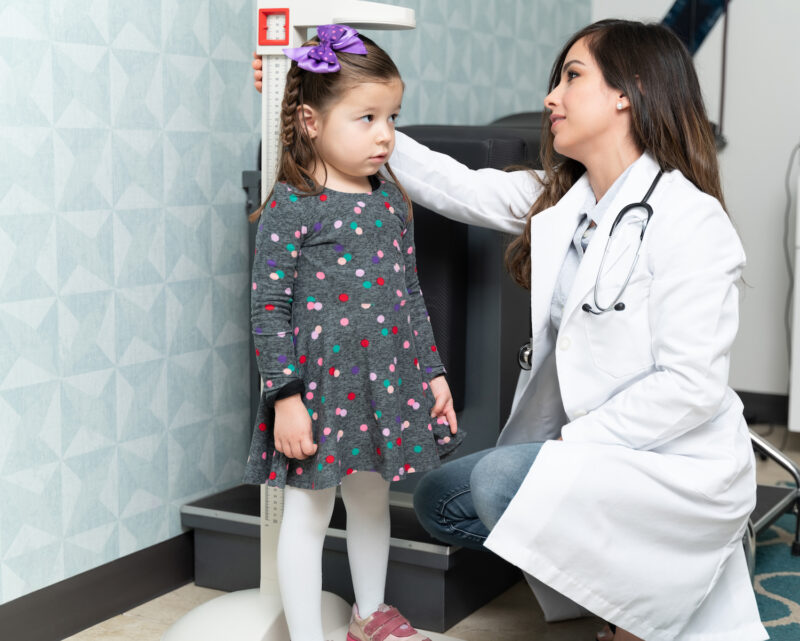
If your child has growing pains, they will eventually go away on their own as your child gets older.
When aches and pains occur in children between the ages of 3 to 14 years, growing pains are often the cause. When should you be concerned that it’s something more? How can you help your child manage the pain and discomfort?
As a pediatric nurse practitioner in Akron Children’s department of Pediatric Rheumatology, Marlene Thompson regularly sees children with body pain to determine if it’s juvenile idiopathic arthritis (formerly known as juvenile rheumatoid arthritis).
“Growing pains usually occur in the shins, calves, thighs or back of the knees. The pain typically comes and goes, and it happens later in the day or at night, sometimes awakening the child,” she said. “The pain may alternate from one leg to the other, but it doesn’t affect the child’s regular activities.”
The American College of Rheumatology notes that although the exact cause of growing pains is unknown, they are likely due to a combination of factors. This may include muscle soreness from overuse or increased activity, joint pain from excessive joint movement, flat feet and low levels of Vitamin D. Stress may also increase pain.
With arthritis, Thompson said that children are more likely to have joint stiffness in the morning with persistent swelling in one or more joints and reduced activity.
Another culprit for an uncomfortable feeling in the legs, especially at bedtime, is restless leg syndrome, which could be due to low levels of iron.

As a pediatric nurse practitioner in rheumatology, Marlene Thompson regularly sees children with joint stiffness and swelling to identify the cause.
If there are concerns for an inflammatory disorder, such as juvenile idiopathic arthritis, Thompson recommends the child is referred to pediatric rheumatology for further assessment.
“There are no labs or imaging tests for diagnosing growing pains,” she said.
Instead, growing pains will be diagnosed based on symptoms. A physical exam may show the child has flat feet or is “double-jointed,” but will otherwise be normal.
Managing growing pains at home
If your child has growing pains, they will eventually go away on their own as your child gets older. In the meantime, talk to your child’s doctor for advice on managing the pain. This may include:
- Vitamin D supplements, if levels are low
- Over-the-counter medications for pain relief (acetaminophen, ibuprofen or naproxen)
- Massage of the affected area
- Epsom salt baths
- Topical pain relief creams or gels
- Orthotics to provide arch support for flat feet
- Increased physical activity
“With the increased use of computers and video games, children are often very sedentary. Increasing physical activity can be beneficial for growing pains, such as participating in low-impact activities like swimming. Your child’s doctor may also recommend physical therapy as a good first step to see how your child is moving,” Thompson said.
Learn more about pediatric rheumatology at Akron Children’s.










